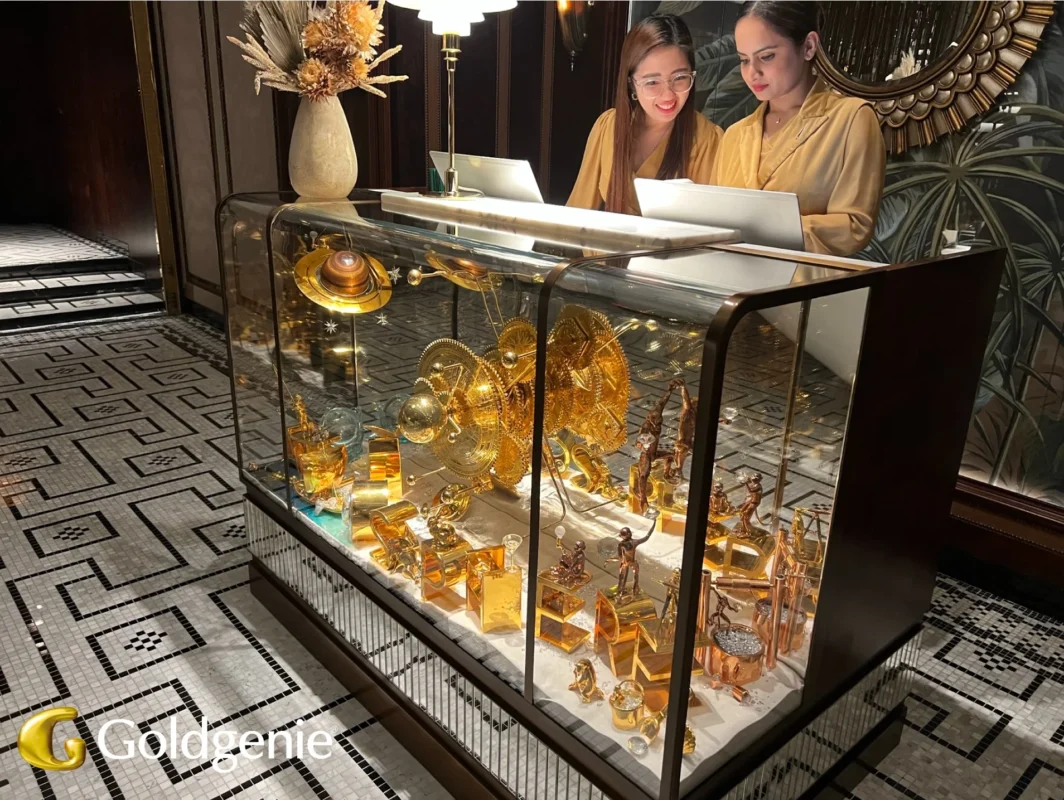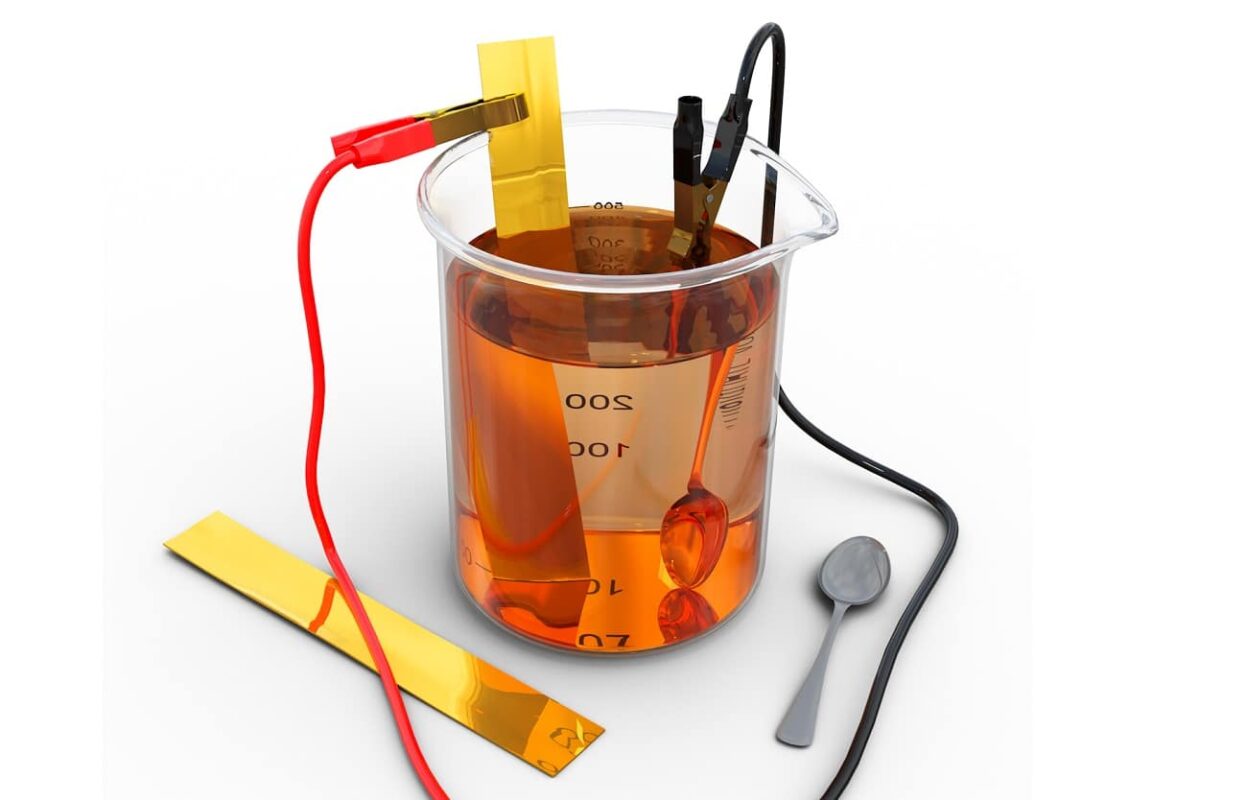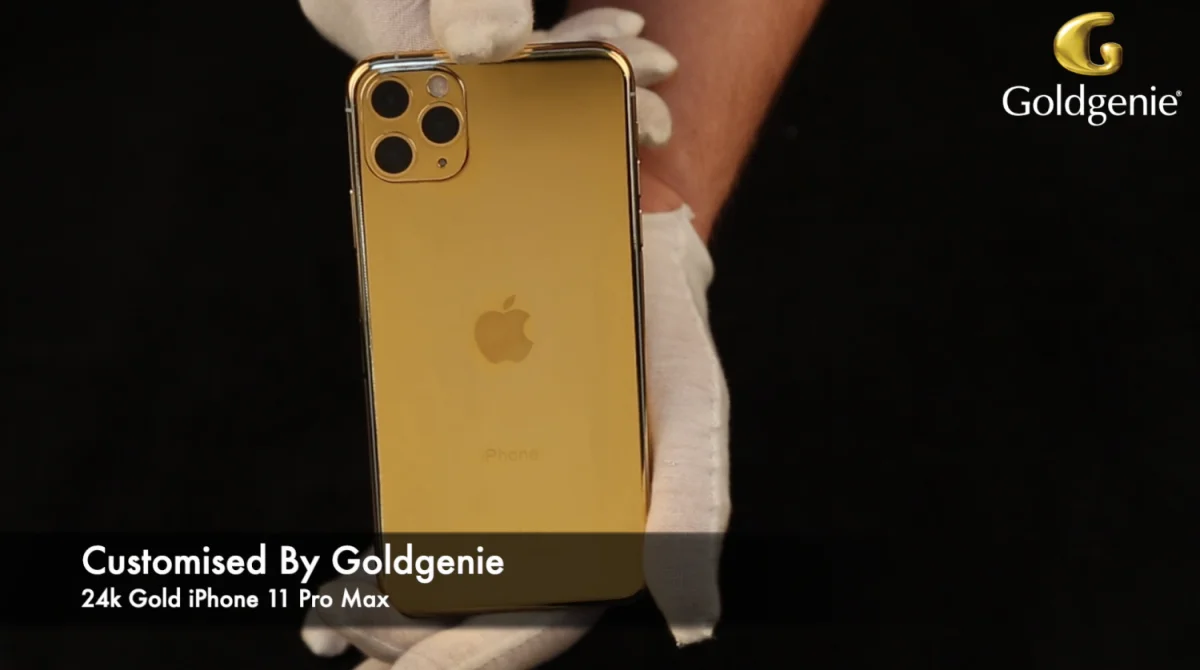The Allure and Pitfalls of Gold Plating: A Closer Look

Introduction:
Gold plating, a process that involves coating objects with a thin layer of gold, has been a symbol of luxury and opulence throughout history. From ancient civilizations to modern industries, the allure of gold-plated items continues to captivate individuals and industries alike. This article delves into the fascinating world of gold plating, exploring its origins, applications, and the potential pitfalls associated with this timeless practice.
The Artistry of Gold Plating
Gold plating, also known as gilding, dates back to ancient civilizations where it was employed to adorn sacred artifacts, royal possessions, and architectural elements. Over the centuries, the technique evolved, becoming a symbol of wealth and prestige. Today, gold plating is a fusion of traditional craftsmanship and modern technology, offering a luxurious sheen to a wide array of items.
Applications Beyond Jewelry: Elevating Everyday Items
While gold plating is commonly associated with jewelry, its applications extend far beyond rings and necklaces. Everyday items such as watches, smartphone cases, cutlery, and even bathroom fixtures can be transformed into luxurious pieces through the art of gold plating.
Historical Significance
The history of gold plating dates back to ancient times when civilizations such as the Egyptians, Greeks, and Romans used the technique to adorn religious artifacts, jewelry, and ceremonial objects. Gold, with its intrinsic value and rarity, became a symbol of wealth and power, making gold-plated items highly sought after. The use of gold plating in religious contexts was particularly prevalent, as it added a divine and sacred aura to objects used in ceremonies and rituals.
During the Renaissance, gold plating experienced a resurgence as artisans sought to revive the opulence of classical civilizations. Intricate designs and delicate patterns adorned everything from furniture to clothing, with gold plating serving as a testament to the wealth and refinement of the aristocracy.
Applications in Modern Industries
In the contemporary era, gold plating has found its way into various industries, expanding beyond the realm of jewelry and religious artifacts. One of the most common applications is in the electronics industry, where gold-plated connectors and contacts are utilized for their excellent conductivity and resistance to corrosion. The aerospace industry also leverages gold plating for its ability to provide a protective coating against the harsh conditions of space.
Luxury goods, from watches to smartphones, often feature gold-plated accents or casings, appealing to consumers with a penchant for extravagance. The automotive industry has also embraced gold plating for decorative purposes, adorning car emblems, rims, and interior details with a touch of opulence.
Art and Design
Gold plating has become a popular choice for artists and designers looking to add a touch of glamour to their creations. Sculptures, paintings, and even everyday objects can be transformed through the application of a thin layer of gold. This fusion of art and luxury creates pieces that not only stimulate the senses but also serve as a status symbol for collectors and enthusiasts.
The Process of Gold Plating
Gold plating involves several meticulous steps to ensure a durable and aesthetically pleasing result. The object to be plated is first cleaned thoroughly to remove any impurities or contaminants. Next, a thin layer of gold is deposited onto the surface through a process known as electroplating.
Electroplating involves immersing the object and a gold-plated electrode in a solution containing gold ions. When an electric current is applied, the gold ions are attracted to the object, forming a uniform and adherent layer. The thickness of the gold layer can be controlled by adjusting the duration of the electroplating process.
The Benefits of Gold Plating
The appeal of gold plating lies in its ability to combine the aesthetic beauty of gold with the practical benefits of other materials. Some of the key advantages include:
- Enhanced Aesthetics:
Gold plating can transform mundane objects into exquisite works of art. The reflective and lustrous nature of gold adds a timeless elegance to any surface. - Corrosion Resistance:
In industries like electronics, gold plating serves a functional purpose by providing corrosion resistance. Gold does not tarnish or corrode, ensuring the longevity and reliability of components. - Conductivity:
Gold is an excellent conductor of electricity, making it an ideal choice for electronic components. Gold-plated connectors ensure reliable and efficient electrical connections. - Versatility:
Gold plating can be applied to a wide range of materials, including metal, plastic, glass, and ceramics, allowing for diverse applications across industries.
Potential Pitfalls of Gold Plating
While gold plating offers numerous benefits, there are potential pitfalls and challenges associated with this practice:
- Cost:
Gold, being a precious metal, is expensive. The cost of gold plating can significantly increase the overall expense of an object, making it less accessible for mass production or everyday use. - Durability:
The thickness of the gold layer in gold-plated items is relatively thin. Over time, this layer can wear off, especially in high-contact areas. The durability of gold-plated items depends on factors such as the quality of the plating process and the object’s usage. - Environmental Impact:
The process of extracting and refining gold has environmental consequences, including habitat destruction and water pollution. While gold plating itself is a relatively small-scale application, the overall demand for gold contributes to these environmental issues. - Misrepresentation:
In some cases, items may be falsely advertised as solid gold when, in reality, they are only gold plated. This misrepresentation can lead to disappointment for consumers expecting the durability and value of solid gold.
Conclusion
Gold plating, with its rich history and diverse applications, continues to be a symbol of luxury and refinement. From ancient religious artifacts to modern electronic components, the allure of gold-plated items persists across cultures and industries. While the process offers numerous benefits, including enhanced aesthetics and functional advantages, it is essential to navigate the potential pitfalls such as cost, durability, and environmental impact. As technology and craftsmanship evolve, the art of gold plating will likely continue to captivate and inspire, blending the timeless beauty of gold with the practical demands of contemporary life.


 24k Gold Roses
24k Gold Roses
 Luxury Gold Gift Emporium
Luxury Gold Gift Emporium
 Luxury Gold Gifts for Him
Luxury Gold Gifts for Him
 Luxury Gold Gifts for Her
Luxury Gold Gifts for Her
 24K Gold Ping Putter & Ball
24K Gold Ping Putter & Ball
 24k Gold Microphones
24k Gold Microphones
 24k Gold SHURE Microphone
24k Gold SHURE Microphone
 24k Gold Sennheiser Microphone
24k Gold Sennheiser Microphone
 Gold Bullion Electronic Arc Lighter
Gold Bullion Electronic Arc Lighter
 Gold Bullion Key Ring
Gold Bullion Key Ring
 24k Gold USB Stick
24k Gold USB Stick
 18k Solid Gold I-Ching Coins
18k Solid Gold I-Ching Coins
 Play Station PS5
Play Station PS5









 Goldgenie India
Goldgenie India
 Goldgenie Cambodia
Goldgenie Cambodia
 Goldgenie Dubai
Goldgenie Dubai
 Goldgenie USA
Goldgenie USA
 GPRO 900 Gold Plating System
GPRO 900 Gold Plating System









